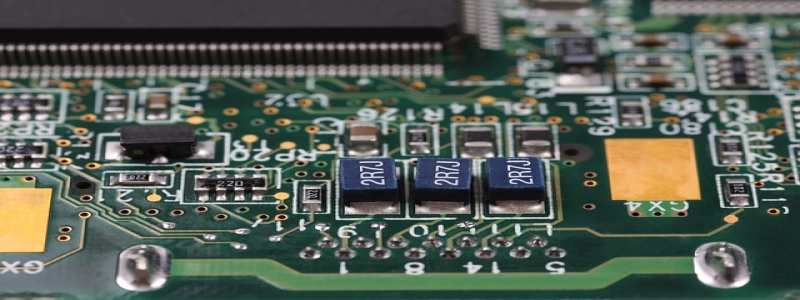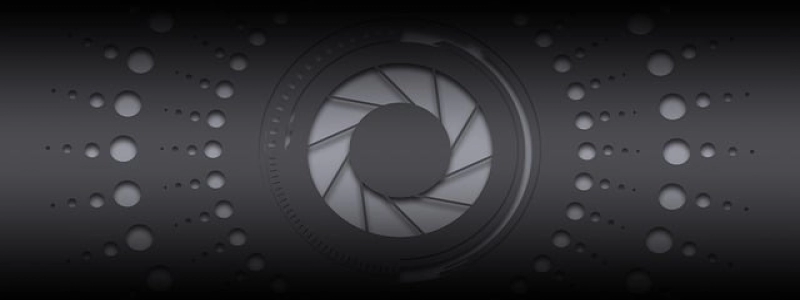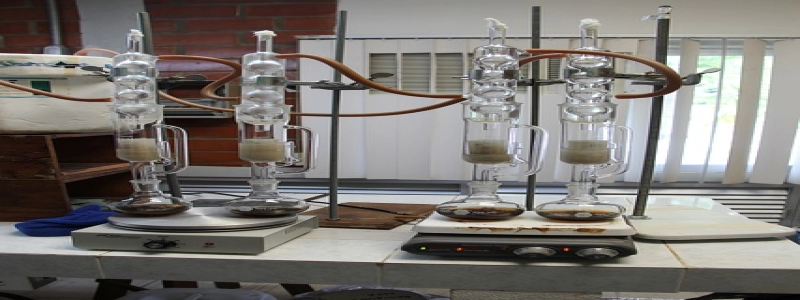Ethernet to 232 Converter
Introduction:
In today’s technologically advanced world, communication between different devices and systems is crucial for various applications. One popular method of communication is over Ethernet, which allows for high-speed and reliable data transfer. However, there are still many devices and systems that rely on the traditional RS-232 serial communication protocol. To bridge the gap between Ethernet and RS-232, an Ethernet to 232 converter is used. This article will provide a detailed explanation of what an Ethernet to 232 converter is and how it works.
1. What is an Ethernet to 232 Converter?
An Ethernet to 232 converter, also known as an Ethernet to DB9 converter, is a device that allows communication between Ethernet-based devices and devices that use the RS-232 serial communication protocol. It acts as a bridge, translating the Ethernet data packets into RS-232 format and vice versa.
2. How Does an Ethernet to 232 Converter Work?
An Ethernet to 232 converter typically consists of hardware and software components. The hardware component includes an Ethernet port, a DB9 or RS-232 port, and a microcontroller that controls the data conversion process. The software component includes firmware that enables the conversion of data packets between the two communication protocols.
When an Ethernet-based device sends data, the Ethernet to 232 converter receives the data packet through the Ethernet port. The microcontroller then processes the data packet and converts it into RS-232 format. The converted data is then transmitted through the DB9 or RS-232 port to the RS-232 device. Similarly, when the RS-232 device sends data, the converter receives it through the DB9 or RS-232 port, converts it into Ethernet format, and transmits it through the Ethernet port to the Ethernet-based device.
3. Applications of Ethernet to 232 Converter:
The Ethernet to 232 converter has various applications in different fields. Some common applications include:
– Connecting legacy RS-232 devices to modern Ethernet networks: Many older devices and systems still rely on RS-232 for communication. By using an Ethernet to 232 converter, these devices can be connected to modern Ethernet networks, allowing for network integration and remote control.
– Industrial automation: In industrial settings, there are often devices that communicate using RS-232. An Ethernet to 232 converter enables these devices to be connected to an Ethernet network, facilitating centralized monitoring and control.
– Building automation: In building automation systems, such as HVAC or security systems, there may be devices that use RS-232 for communication. The Ethernet to 232 converter allows these devices to be integrated into a centralized control system over an Ethernet network.
– Point of Sale (POS) systems: Many POS systems use RS-232 communication for connecting peripherals such as barcode scanners or receipt printers. An Ethernet to 232 converter can enable these peripherals to be connected to a networked POS system.
Conclusion:
The Ethernet to 232 converter is a crucial tool for bridging the gap between Ethernet and the RS-232 serial communication protocol. It allows for the seamless integration of legacy devices into modern Ethernet-based systems, enabling centralized control, monitoring, and networking. With its wide range of applications, the Ethernet to 232 converter has become an essential component in various industries.








